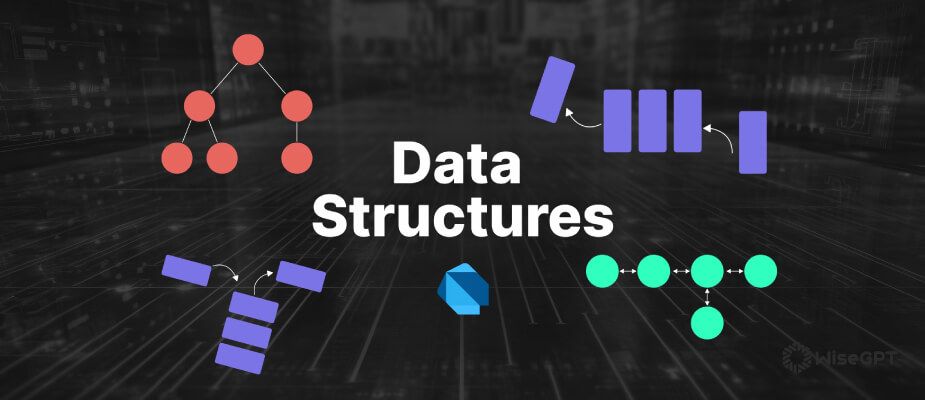
Choosing The Right Data Structures: Optimizing Performance In Code
In the realm of software development, the selection of appropriate data structures is akin to choosing the right tools for a specific task. The efficiency and performance of your code are heavily influenced by the data structures employed. In this article, we will delve into the importance of choosing the right data structures, strategies for optimization, and examples illustrating their impact on code performance.
Why Data Structures Matter:
The significance of data structures lies in their ability to organize and store data, impacting the speed and efficiency of various operations performed by your code. Here’s why choosing the right data structures is crucial:
1. Time Complexity:
Different data structures offer varying time complexities for operations such as insertion, deletion, and retrieval. Optimal data structure selection can result in faster execution times.
2. Space Complexity:
Efficient data structures use memory more judiciously, minimizing space requirements and enhancing the overall memory efficiency of your code.
3. Algorithm Performance:
The choice of data structures directly influences the performance of algorithms. Well-designed data structures can significantly enhance the efficiency of algorithms applied to solve specific problems.
Strategies for Data Structure Optimization:
1. Understand the Requirements:
Analyze the requirements of your code to determine the types of operations that will be frequently performed. Choose data structures that align with these requirements.
2. Consider Time Complexity:
Evaluate the time complexity of essential operations (insertion, deletion, search) for different data structures. Opt for structures that offer favorable time complexities for the operations central to your code.
3. Balance Between Read and Write Operations:
Depending on whether your code emphasizes read or write operations, select data structures that strike an appropriate balance. Some structures excel in read-heavy scenarios, while others are optimized for frequent write operations.
4. Memory Efficiency:
Assess the space complexity of data structures. Opt for structures that provide the necessary functionality with minimal memory overhead. This is particularly crucial in memory-constrained environments.
5. Adaptability to Problem Domain:
Consider the characteristics of the problem domain your code addresses. Tailor your choice of data structures to align with the inherent properties and requirements of the problem.
Examples of Data Structure Impact:
1. Array vs. Linked List:
Scenario: Inserting elements in the middle of a collection.
Impact: Linked lists excel in constant-time insertions at arbitrary positions, while arrays may require shifting elements, resulting in higher time complexity.
2. Hash Map vs. Tree Map:
Scenario: Retrieving values associated with keys.
Impact: Hash maps offer constant-time average-case lookups, while tree maps guarantee logarithmic time complexity but with predictable performance characteristics.
3. Choosing the Right List Implementation:
Scenario: Frequent insertions and deletions within a collection.
Impact: Doubly linked lists provide efficient insertions and deletions at both ends, while dynamic arrays (ArrayList in Java) offer better random access but may incur higher costs for insertions and deletions in the middle.
Conclusion:
Choosing the right data structures is a nuanced art that requires a deep understanding of your code’s requirements and the characteristics of different structures. By optimizing your data structure choices, you pave the way for code that not only runs efficiently but also scales gracefully as your projects evolve. Regularly reassess your data structure decisions, especially when facing changing requirements, to ensure that your code remains performant and adaptable.
Remember, the right data structures can be the key to unlocking the full potential of your code.
